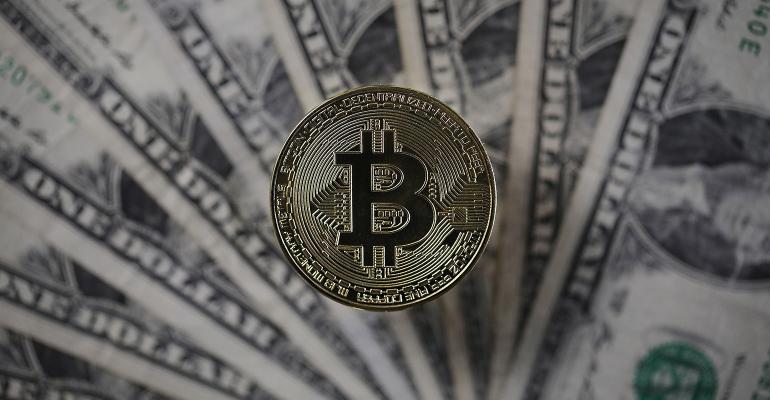The White House issued a highly anticipated executive order laying out the U.S. policy for digital assets on March 9, 2022. The Fact Sheet identifies six key priorities focused on American competitiveness, central bank digital currencies (CBDCs) and proactive legislation. This order is a thoughtful approach to integrating crypto into the U.S. economy. It is not as bad as some feared and not as sweeping as some hoped.
The Administration acknowledges the fact that the massive growth of digital asset markets by noting that:
- Digital asset market capitalization grew from $14 billion to $3 trillion in five years;
- 16% of American adults (40 million people) have invested in cryptocurrencies; and
- Over 100 countries are exploring Central Bank Digital Currencies (CBDCs).
Emerging digital asset market is seen as an opportunity to reinforce American leadership in the global financial system and technological industry. As the most powerful economy in the world, acknowledging crypto as a growing industry is crucial to maintaining U.S. global competitiveness in the financial industry.
American Financial and Technological Legacy
The U.S. has a legacy of being a global leader in finance and technology, areas which are the progenitors of the digital asset industry, since the Second World War. Despite this head start, American regulation of digital assets is uncoordinated and uncertain. This uneven approach has led companies to build crypto ventures in countries such as Portugal and Singapore, which have taken advantage of this uncertainty by offering regulatory clarity as well as tax breaks and other incentives. The executive order is a positive sign that this regulatory ambiguity may be going away. Such regulatory certainty will also help define how digital assets are handled both from a transfer tax perspective and from issues such as whether trusts can hold digital assets at all.
Central Bank Digital Currencies (CBDCs)
Biden's order also encourages research and development of a United States CBDC with “the highest urgency.” A U.S. CBDC would be a big step in the advancement of crypto as a mainstream technology, as it could help maintain the dollar as the world’s reserve currency. With over 100 countries piloting or exploring CBDCs, the U.S. has the opportunity to maintain its position as a global leader in finance by developing smartly crafted policies and regulations, an opportunity given even greater urgency with Russia’s invasion of Ukraine and the importance of financial sanctions as a tool in international affairs.
Proactive Legislation
Limiting structural risks to the financial system and protecting investor privacy are the foci for possible proactive legislation. There is a danger, however, that poorly designed regulations will have unintended consequences that not only stifles future innovation or pushes development of these technologies offshore, but in fact end up harming individual rights and the overall financial system. The complete lack of regulatory clarity that exists now, however, threatens to undermine the governance of the traditional financial markets that have been developed and refined over decades.
It is important, however, to keep in mind what the executive order does and does not do.
The executive order does not:
- Take any direct action to ban or curtail the use of crypto;
- Establish any government bodies; or
- Formally institute a Central Bank Digital Currency.
The executive order does:
- Acknowledge that crypto is tied to U.S. financial and technological leadership;
- Acknowledge the potential for crypto to provide access to financial services for underserved communities; and
- Broadly direct the U.S. Government to support technological advances in digital currencies and continue research into a Central Bank Digital Currency.
The more proactive approach with the growth and regulation of the digital asset sector in the U.S. is an acknowledgement of the hundreds of thousands of investors looking to embrace crypto and web 3.0 in U.S. markets. No direct action has been taken. Government agencies have 120 to 210 days to establish a framework for each of the key areas of focus.
Despite the lack of direct action, there is optimism in the market that investment in crypto in the U.S. will continue to grow. With the government recognizing that the emerging digital asset industry is important to maintaining global competitiveness in finance and technology, advisors must also recognize and capitalize on the need to address the tax and administrative issues raised by the individual ownership of digital assets.
Matthew Erskine is managing partner at Erskine & Erskine (www.erskineco.com).

